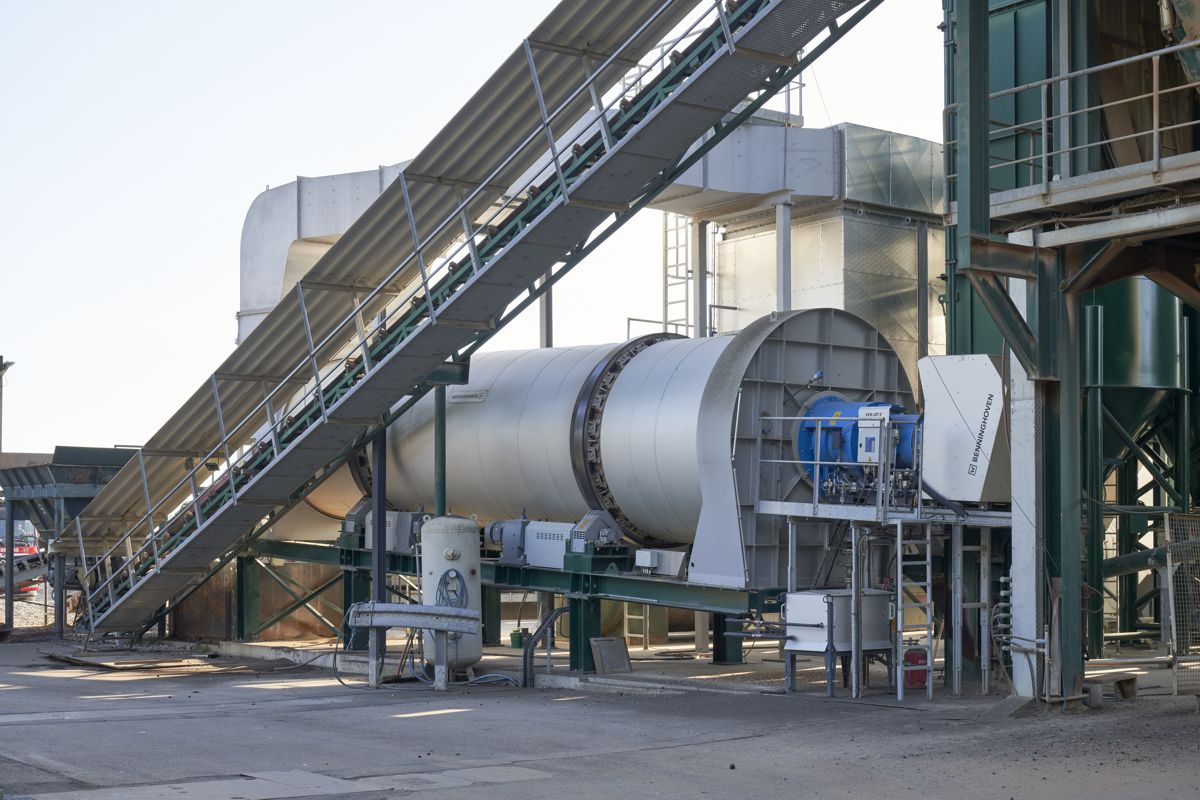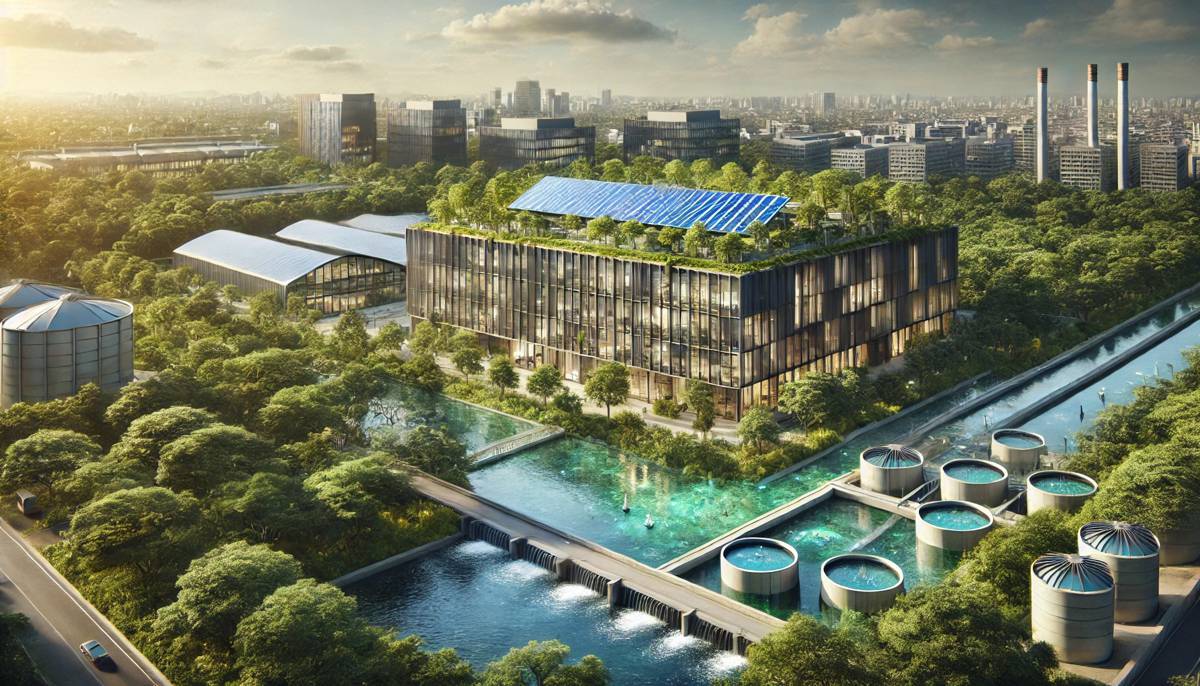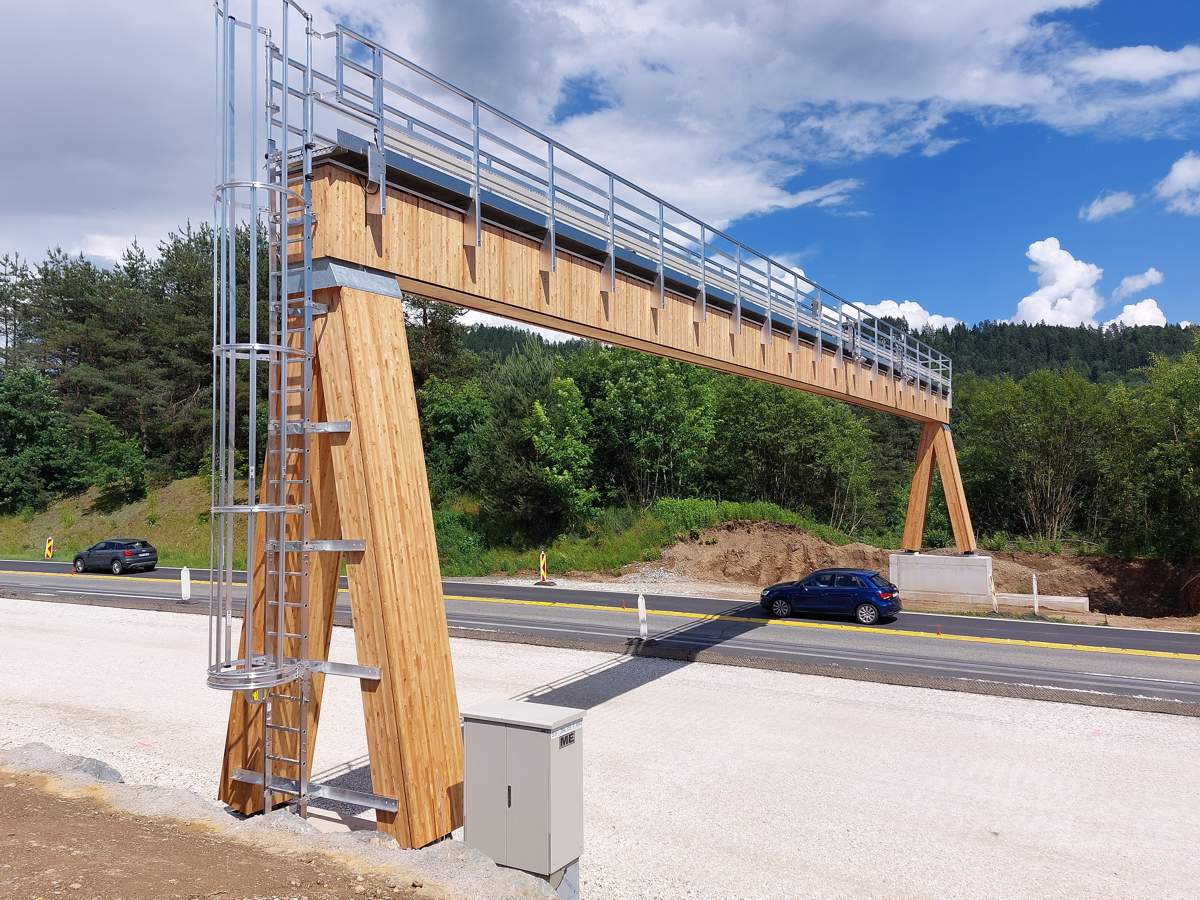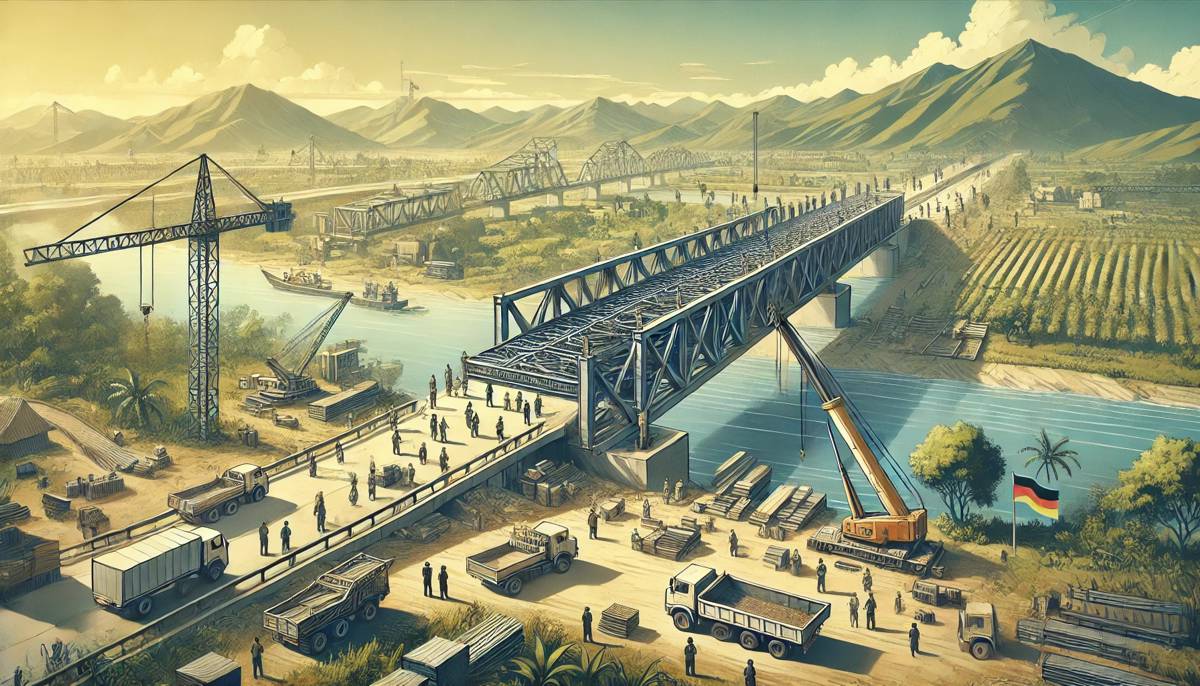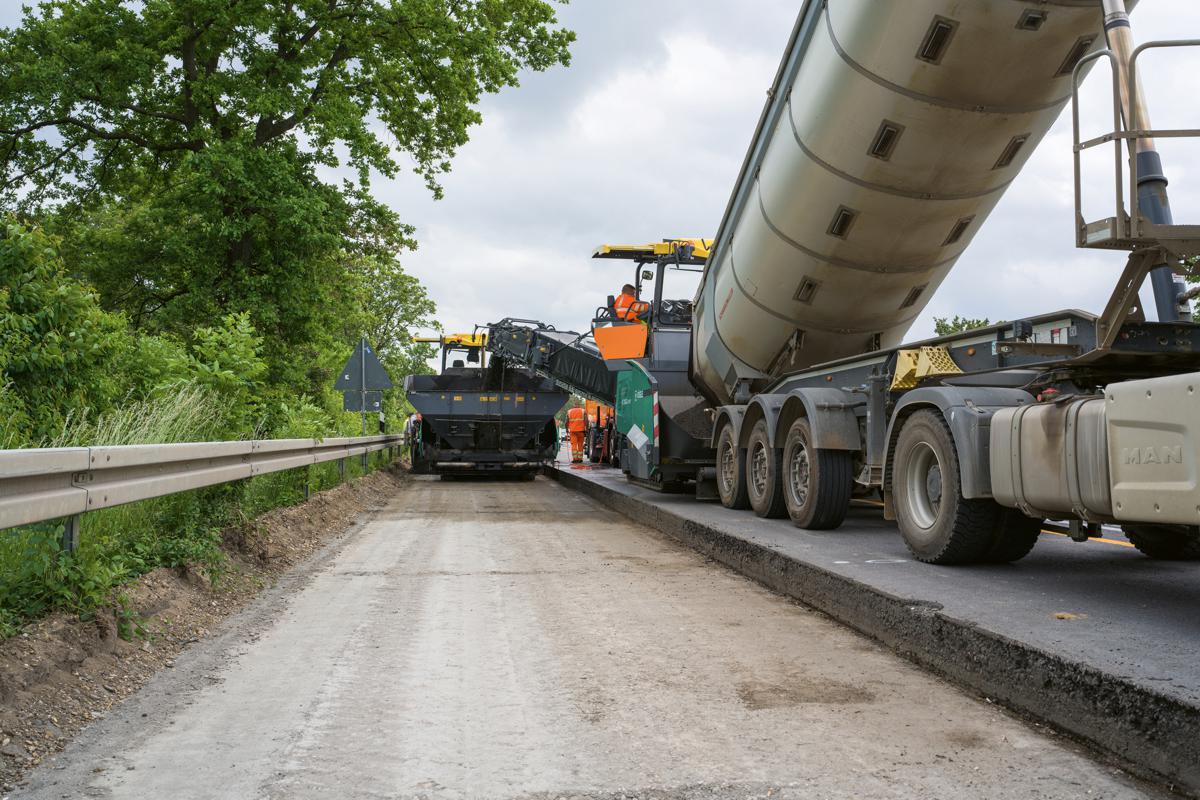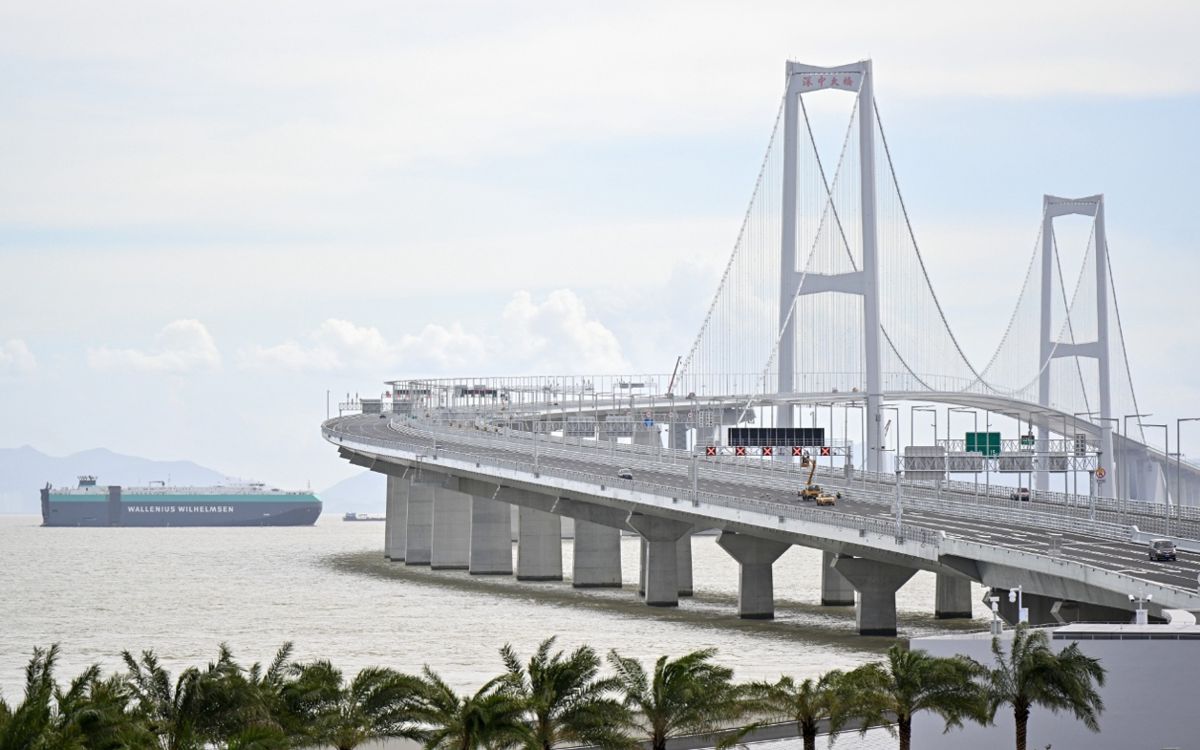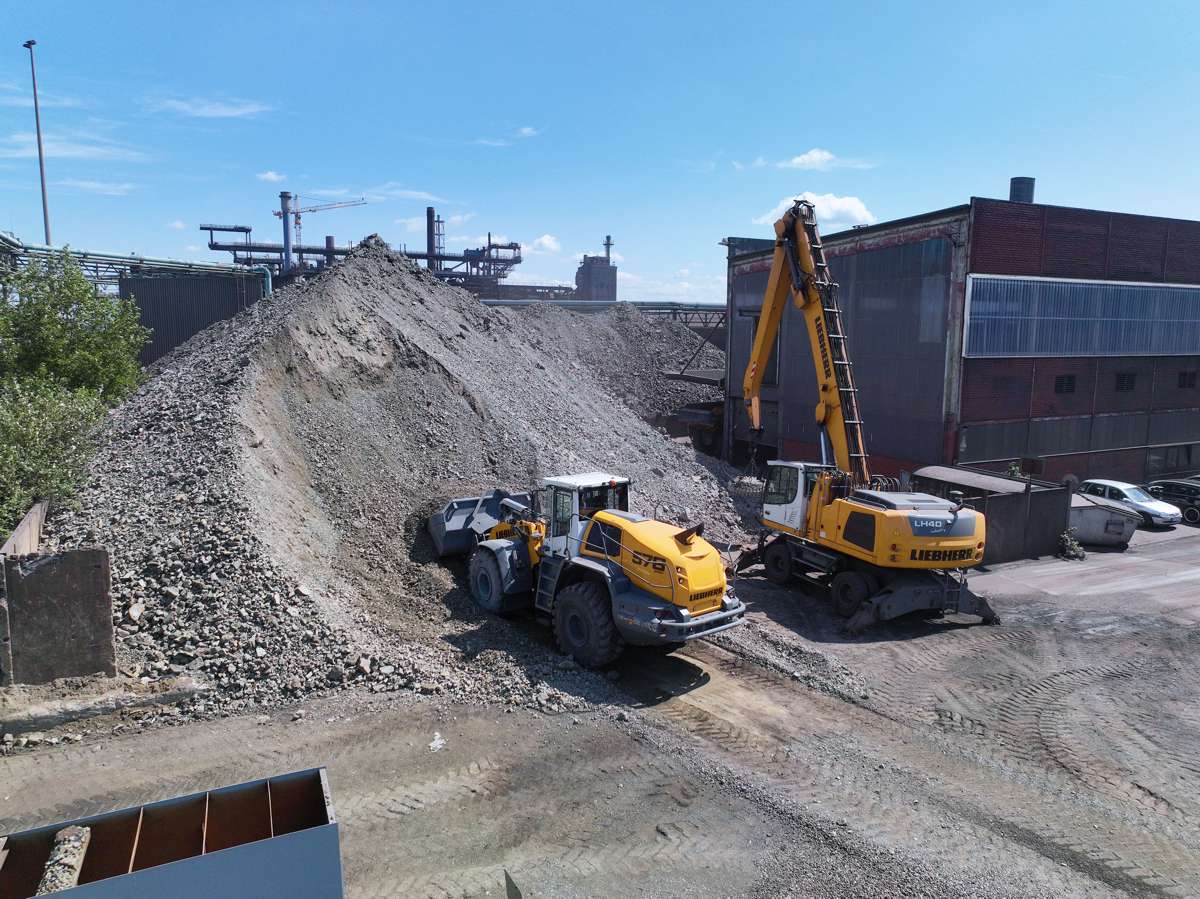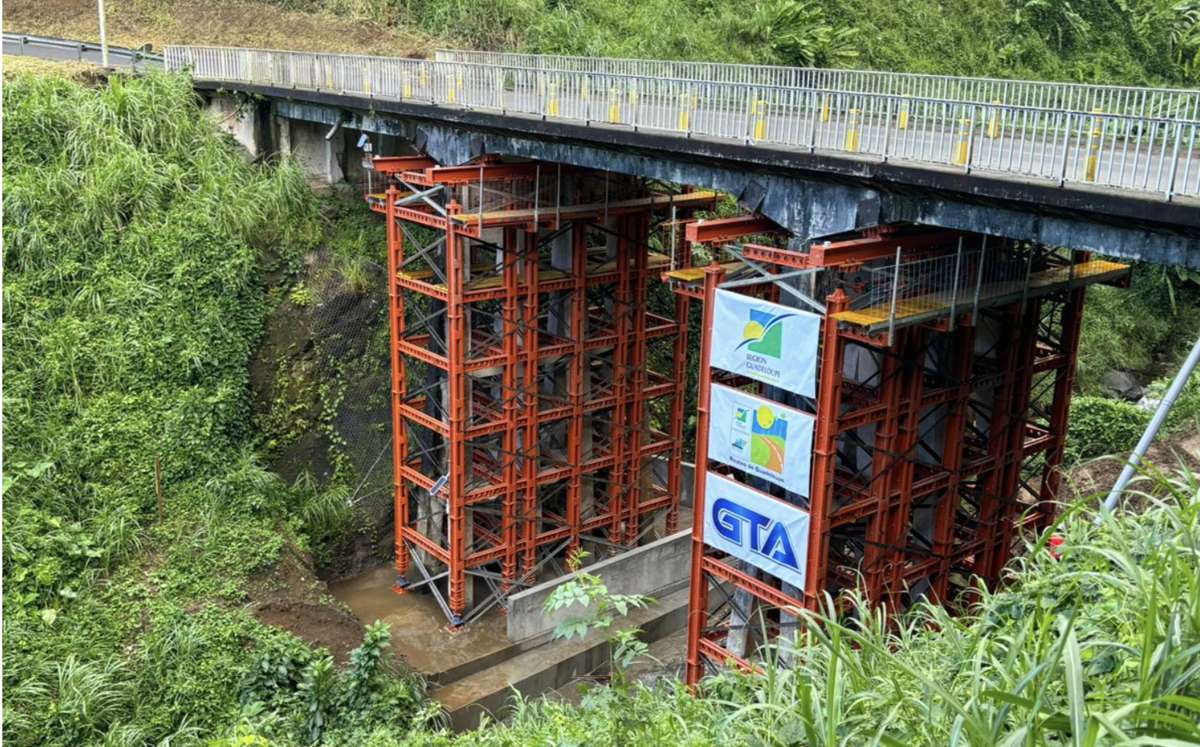Germany’s largest lifting bridge pushes formwork technology forward
The Hamburg Port Authority (HAP), the agency responsible for the infrastructure of the Port of Hamburg, wants to improve the flow of traffic across the Süderelbe River by building the New Kattwyk Railway Bridge.
For the construction of the bridge piers, Max Bögl and Doka are relying on an unconventional formwork design: Once the casting section is cured, it’s not the formwork that is moved but the actual piece of the pier that was poured. This process requires construction of the bridge pier not from the bottom up but more or less from the top down.
The Kattwyk Bridge in the Port of Hamburg is an important hub for industrial transport in the port city. Ever since it was completed in 1973, railway and road transport have been sharing the use of the bridge across the Süderelbe River. From time to time, the 290-m-long bridge is closed down to allow ship traffic to pass and the centre lifting section is raised.
Shared use of the bridge by railway, cars and ships results in seven hours of wait time for road transport each day. In order to separate the use for railway and road transport and also ease the burden of heavy goods transport on the old bridge, construction of the “New Kattwyk Railway Bridge” is currently under way in parallel to the Kattwyk Bridge. As the name implies, it will be used exclusively for railway transport while road traffic continues to utilise the old Kattwyk Bridge.

Conventional pier construction turned upside down
Construction of the two bridge piers for this project presents a challenge for concrete engineering. “We have to work in extremely tight spaces. The piers are built in the water. Although the formwork was lifted in with a crane, for the subsequent workflow it was impossible to use the crane to move the reinforcement and formwork. We have to install the reinforcement manually instead and use chain hoists to move the formwork up and down”, the foreman in charge for the Max Bögl Construction Company briefly summed up the situation on the site. The bridge piers are built in closed steel-piled cofferdams, while their construction pits could be produced only in specific sizes for reasons of statics.
Thus when supporting the loads it is important to account for both, the forces generated by the suspended caisson (approx. 1,230 t) and also by the pressure of water and ice. These static framework conditions and the great depth of the foundation at -30.00 m MSL, approx. 19 m below the bed of the Elbe River, and the extreme spatial restrictions do not permit construction of the piers using the conventional method, which is to construct a deep foundation and build to the top from there. Instead, the Max Bögl Construction Company together with Doka developed a formwork concept that turns the conventional pier construction upside down: pier formwork that is suspended.
For this purpose, the formwork including shaft platforms is freely suspended on the structural steelwork made of tightly staggered bearing profiles supported by the sheet walls. However, the bearing profiles can only support a specific load. As a result, formwork and concrete structure must be decoupled starting at a particular building section (BA6). Ultimately, the concrete structure is produced in sections of pouring cycles measuring 5.0 m in height. After stripping they are lowered to or jetted into the bottom of the Elbe River.

Two-part lowering mechanism
Up to the point where the casting sections touch down on the bed of the Elbe River, they are lowered using a lowering device made of 24 hydraulic hollow-plunger cylinders and presses. This is where the poured pier sections are suspended with a total of 24 threaded rods (d=75 mm). Once embedded sufficiently deep in the Elbe River substrate, the threaded rods are separated and the lowering device is dismantled.
At this point the lowering mechanism changes: compressed air is used to ballast the river pier (with sand and water), with the subsoil being removed in a controlled manner – with the help of remote-controlled water cannons and an excavator arm arranged in the caisson below the river pier. The base failure created in this controlled process causes the river pier to drop.
Both sides, Max Bögl and Doka continue to stress the importance of teamwork in this project when it comes to formwork planning and continuing close cooperation. “Doka made the suspended pier formwork available to us as an overall concept. Here we also benefit from their Pre-assembly Service that delivered the individual formwork elements pre-assembled to the site. Due to local framework conditions – pier construction in water, no crane after initial assembly, hardly any storage area onshore – all of the individual aspects had to be closely coordinated in terms of logistics.
Another service provided by Doka is the Formwork Instructor. Together with him we developed the assembly concept and assembled all of the parts. He also provides further support when it comes to the application of the formwork”, so Fabian Böse, Site Manager.

Germany’s largest lifting bridge
Ultimately, each one of the two piers will be approx. 39 m high and reach 19 m into the substrate of the Elbe River.
For reasons of statics, each pier is reinforced with more than 1,000 t of steel in case of maximum stress, i.e. if two freight trains of 750 m length and exceeding 6,000 t are forced to simultaneously make an emergency stop on the bridge.
Structural measures for the superstructure will follow once the bridge piers are completed and the first trains are expected to roll across the New Kattwyk Railway Bridge in 2020.
With a drive-through width of 108 m, the new Kattwyk bridge will replace the old Kattwyk bridge (96 m) as Germany’s largest lifting bridge and become one of the largest lifting bridges worldwide.
You can find more information on the New Kattwyk Railway Bridge here.




